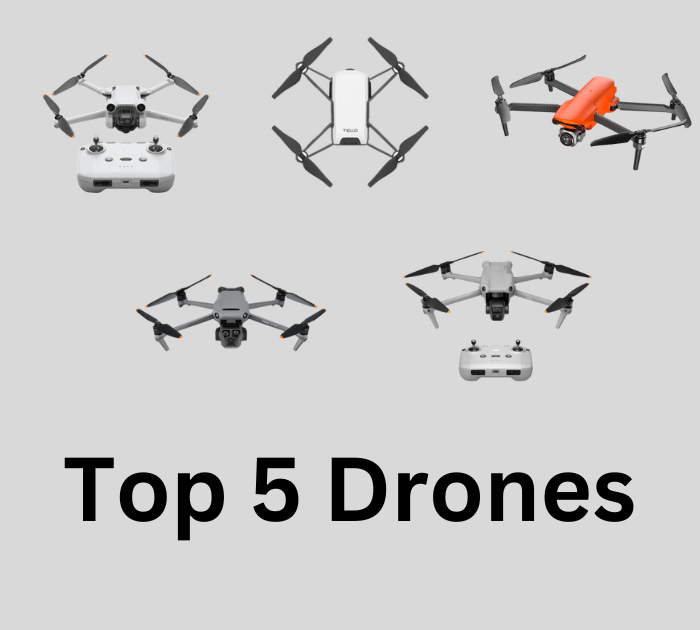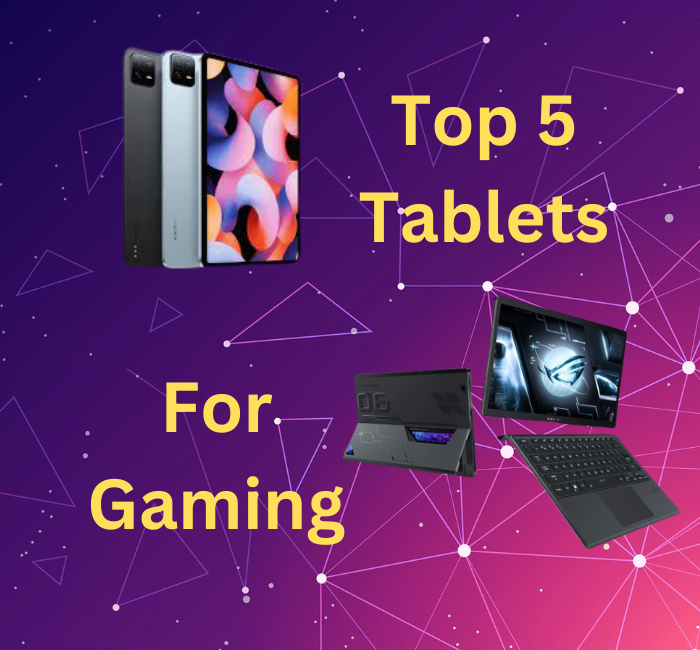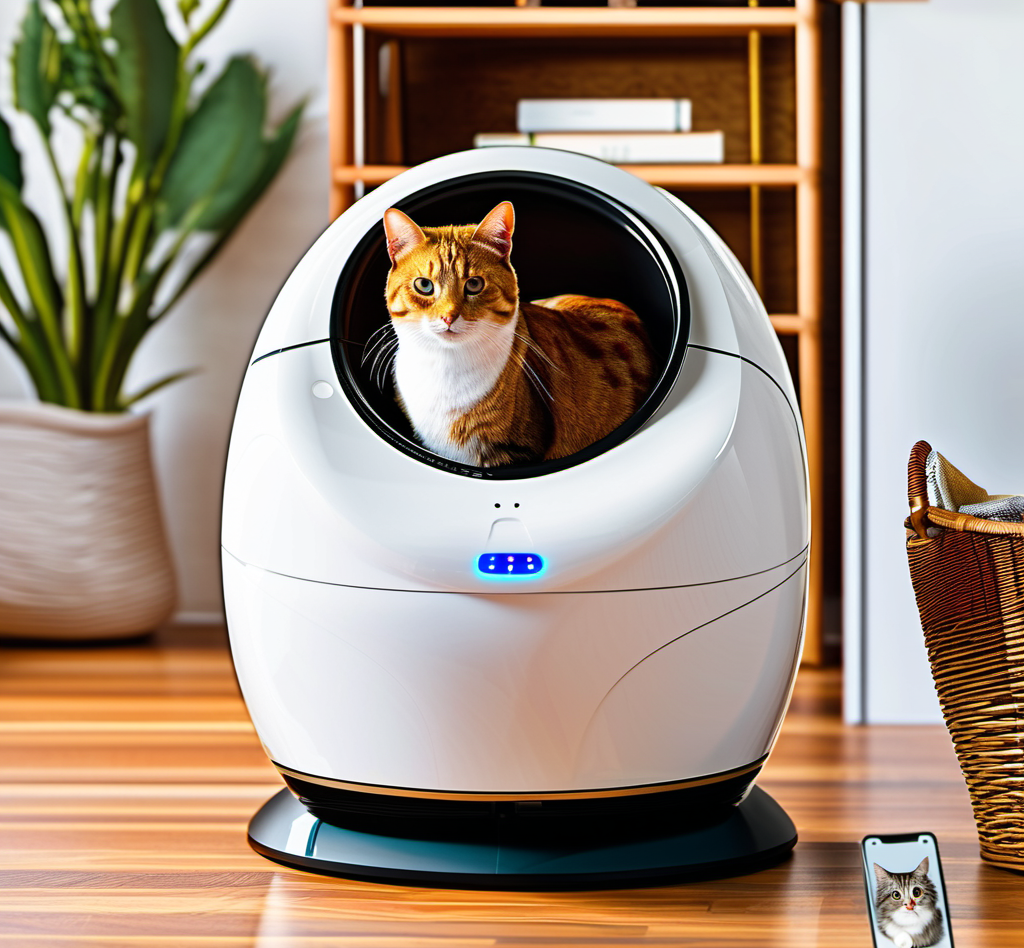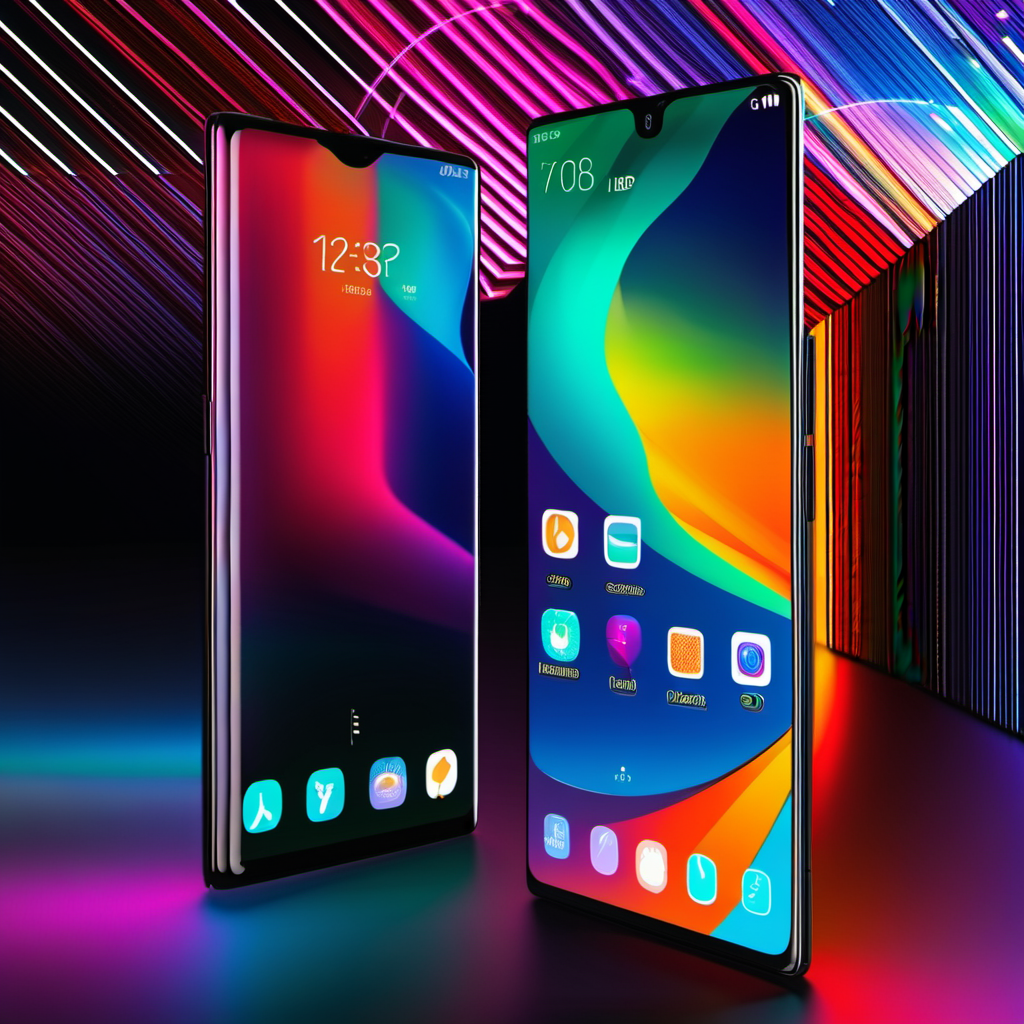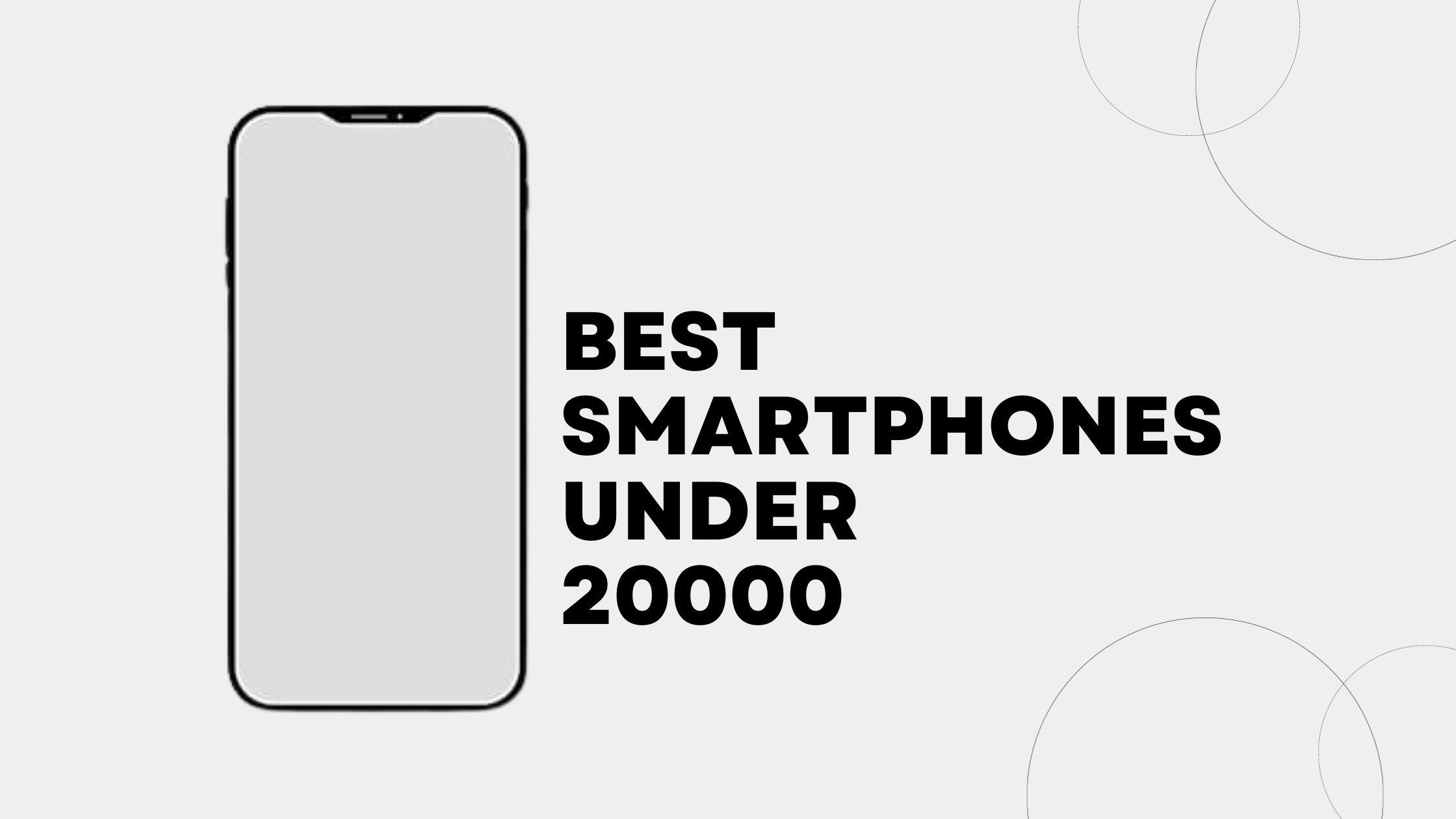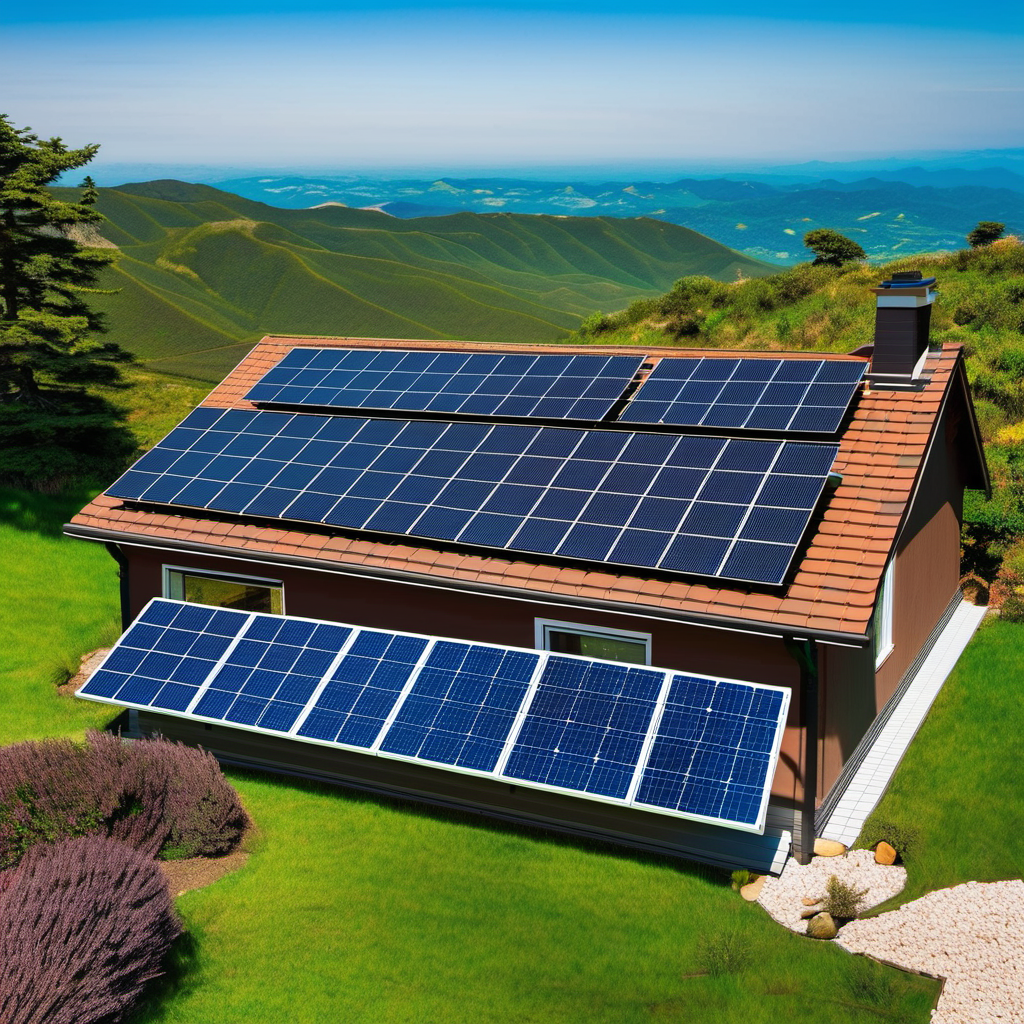
In today’s world, smart home devices have become an integral part of our daily lives, changing the way we interact with our homes. In this comprehensive guide, we’ll explore the world of smart home devices for 2023. We’ll discuss the benefits they offer, recommend the best devices, and provide practical tips to help you create your ideal smart home setup.
Table of Contents
Understanding Smart Home Devices
Smart home devices are simply gadgets that you can control remotely using your smartphone, tablet, or computer. They add convenience to your life by allowing you to manage various aspects of your home, such as lighting, thermostat, security system, and door locks, from anywhere in the world.
Benefits of smart home devices
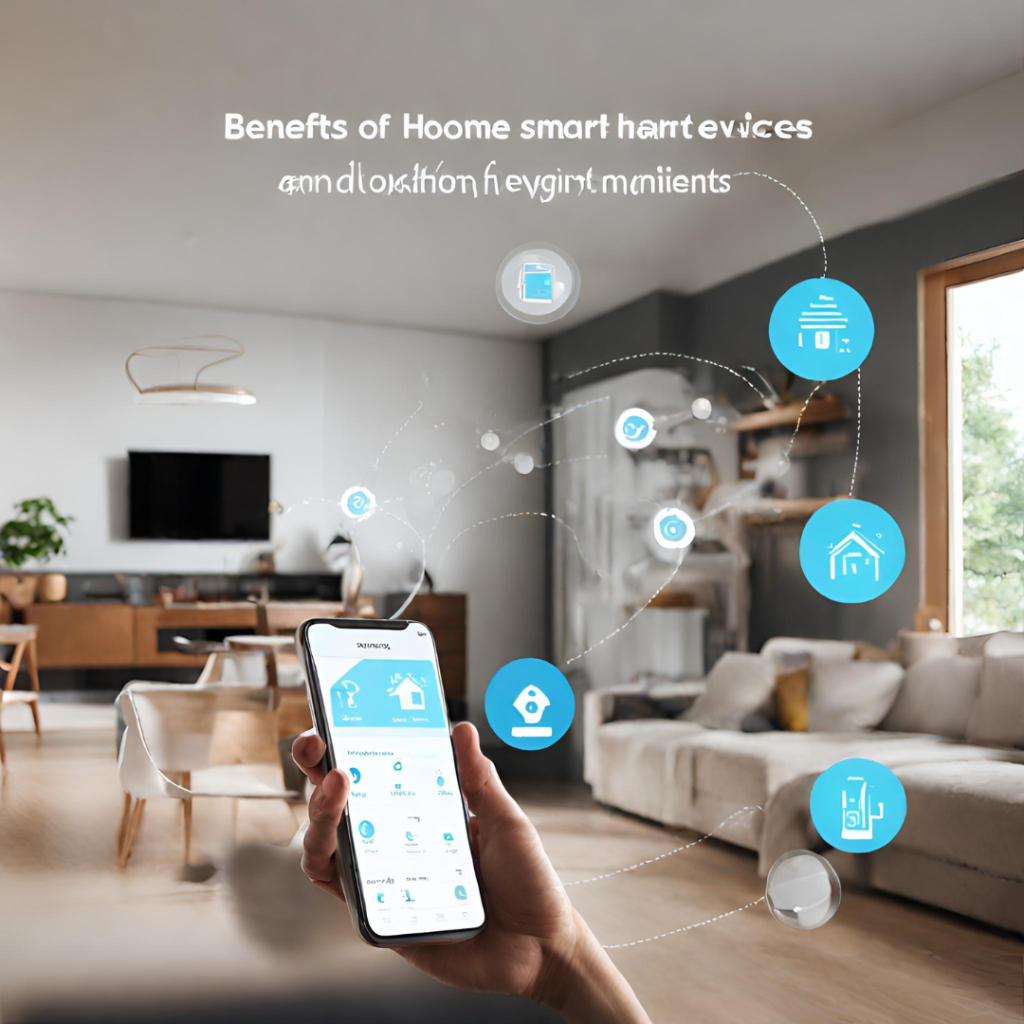
Smart home devices are on the rise, due to the many benefits they offer:
1. Convenience
Smart home devices are meant to make your life easier. They handle routine tasks, helping you focus on what really matters. For example, you can set your smart thermostat to adjust the temperature of your home before your arrival, ensuring a comfortable welcome.
2. Security
Home security is a top priority, and smart devices provide tools to protect your property and loved ones. You can remotely access security cameras, lock or unlock doors, and receive alerts for unusual activities.
3. Energy Efficiency
Smart home devices contribute to energy savings. For example, smart thermostats create efficient heating and cooling schedules based on your routine, while smart lights automatically turn off in unoccupied rooms.
4. Peace of mind
Even when you’re away, smart home devices provide peace of mind. You can check on your property, receive instant alerts and monitor your home in real-time, reducing anxiety and stress.
Top smart home devices for 2023
Let’s explore the best smart home devices for the coming year:
1. Smart Speaker
Smart speakers are the voice-controlled hub of your smart home. Our top picks for 2023 include:
Amazon Echo Dot: Powered by Amazon’s Alexa, it controls various smart devices and provides information and entertainment.
Google Nest Mini: The capabilities of the Google Assistant shine through in this compact device, which integrates easily with Google services.
Apple HomePod Mini: For Apple fans, this device boasts excellent sound quality and Siri integration.
Smart speakers let you:
- Control smart lights using voice commands.
- Effortlessly adjust thermostat settings.
- Enjoy music and podcasts from popular streaming services.
- Get real-time news and weather updates.
- Set alarms, timers and reminders.
- Manage other smart devices like locks and doorbells.
2. Smart Display
Smart displays combine voice control with visual information. The best options for 2023 are:
Amazon Echo Show 8: With an 8-inch HD screen, it excels at video calls and visual assistance.
Google Nest Hub (2nd generation): Google’s Nest Hub delivers lifelike display quality and complements video streaming and recipe instructions.
Apple HomePod: Apple’s smart display offers a high-quality screen and seamless integration within the Apple ecosystem.
Smart displays allow you to:
- Watch videos from popular streaming platforms.
- View photos and videos from your device.
- Keep an eye on your smart doorbell for added security.
- Access step-by-step cooking recipes.
- Enjoy interactive games and puzzles for leisure.
3. Smart Lights
Smart lighting is fundamental to a smart home. The top smart lights for 2023 are:
Philips Hue White and Color Ambience Starter Kit: Philips Hue offers a wide range of lighting options, including customizable colors.
TP-Link Kasa Smart Light Bulbs: TP-Link’s smart bulbs are both reliable and budget-friendly, offering a variety of white light temperatures.
Smart lights empower you to:
- Control your lights remotely with a single tap on your device.
- Adjust the brightness level to set the right ambience.
- Schedule lights to turn on and off automatically, promoting safety.
- Create customized lighting scenes for different occasions.
- Use lights to deter potential intruders during your absence.
4. Smart Thermostat
Smart thermostats are champions of energy efficiency. Top picks for 2023 include:
Nest Learning Thermostat: Nest’s learning capabilities adapt to your preferences and create efficient heating and cooling schedules.
ecobee Smart Thermostat with Voice Control: This thermostat offers voice control and additional room sensors for precise temperature management.
Smart thermostats enable you to:
- Set temperature schedules for different times of the day.
- Create a heating and cooling schedule to suit your daily routine.
- Remotely adjust your home’s temperature for comfort and efficiency.
- Monitor energy usage and gain insights to optimize consumption.
5. Smart Doorbells
Smart doorbells provide an extra layer of security by letting you see and communicate with visitors even when you're away. The top smart doorbells for 2023 are:
Ring Video Doorbell 4: Ring’s latest model offers better video quality and customizable motion zones.
Arlo Essential Video Doorbell: Arlo’s doorbell provides clear video and two-way audio communication.
Smart doorbells enable you to:
- See who is at your door in real-time through your device.
- Communicate with visitors through the doorbell’s speaker and microphone.
- Record video footage of visitors for added security.
- Get instant alerts when someone comes to your door.
6. Smart Security Cameras
Smart security cameras are essential for home security. The top smart security cameras for 2023 are:
Arlo Pro 4: Arlo’s Pro 4 offers advanced features like high-definition video quality and color night vision.
Wyze Cam V3: The Wyze Cam V3 is a budget-friendly option with impressive video quality and versatile mounting options.
Smart security cameras allow you to:
- Monitor your home in real-time from anywhere in the world.
- Maintain 24/7 video recording for added security.
- Receive alerts when the camera detects motion or sound.
- Set up customizable alert zones to focus on specific areas.
7. Smart Blinds and Curtains
Imagine having complete control over the natural light entering your home. Smart blinds and curtains are making this a reality. These devices can be programmed to open and close at specific times or according to sunlight levels. Some also include sensors to detect changes in temperature or brightness and adjust accordingly.
8. Smart Devices
The integration of smart technology into home appliances is increasing. Smart refrigerators can keep track of your groceries, send expiration date alerts and suggest recipes based on available ingredients. Smart washing machines and dryers allow you to start, stop, or monitor your laundry remotely. These appliances not only save time but also contribute to energy efficiency.
9. Voice Assistant and AI Integration
Voice assistants like Amazon's Alexa, Google Assistant, and Apple's Siri are becoming more integral to the smart home experience. They can control various devices, answer questions and even provide entertainment through voice commands. With advances in artificial intelligence, these assistants are becoming smarter and more intuitive, making them an indispensable part of the modern smart home.
10. Home Health and Wellness Appliances
The importance of health and wellness has never been more important, and smart home technology is addressing this concern. Smart scales, blood pressure monitors, and fitness trackers can sync with your smartphone or other devices to provide you with real-time health data. Some even provide personalized health advice and reminders to help you maintain a healthy lifestyle.
11. Enhanced Home Security
Security remains a top priority for home owners and smart home technology continues to offer innovative solutions. Smart locks can be controlled remotely and provide detailed access logs. Outdoor cameras with advanced features like facial recognition and license plate recognition further enhance security. Some systems are integrated with AI to differentiate between routine events and potential security threats, thereby reducing false alarms.
12. Sustainable living
Sustainability is a growing concern for many people, and smart home devices can play a role in reducing energy consumption and environmental impact. Smart thermostats, in addition to customizing temperature settings, can provide energy usage reports and suggest ways to reduce consumption. Solar panels and energy storage systems can be integrated into your smart home setup, allowing you to use renewable energy sources.
Development of a smart home ecosystem
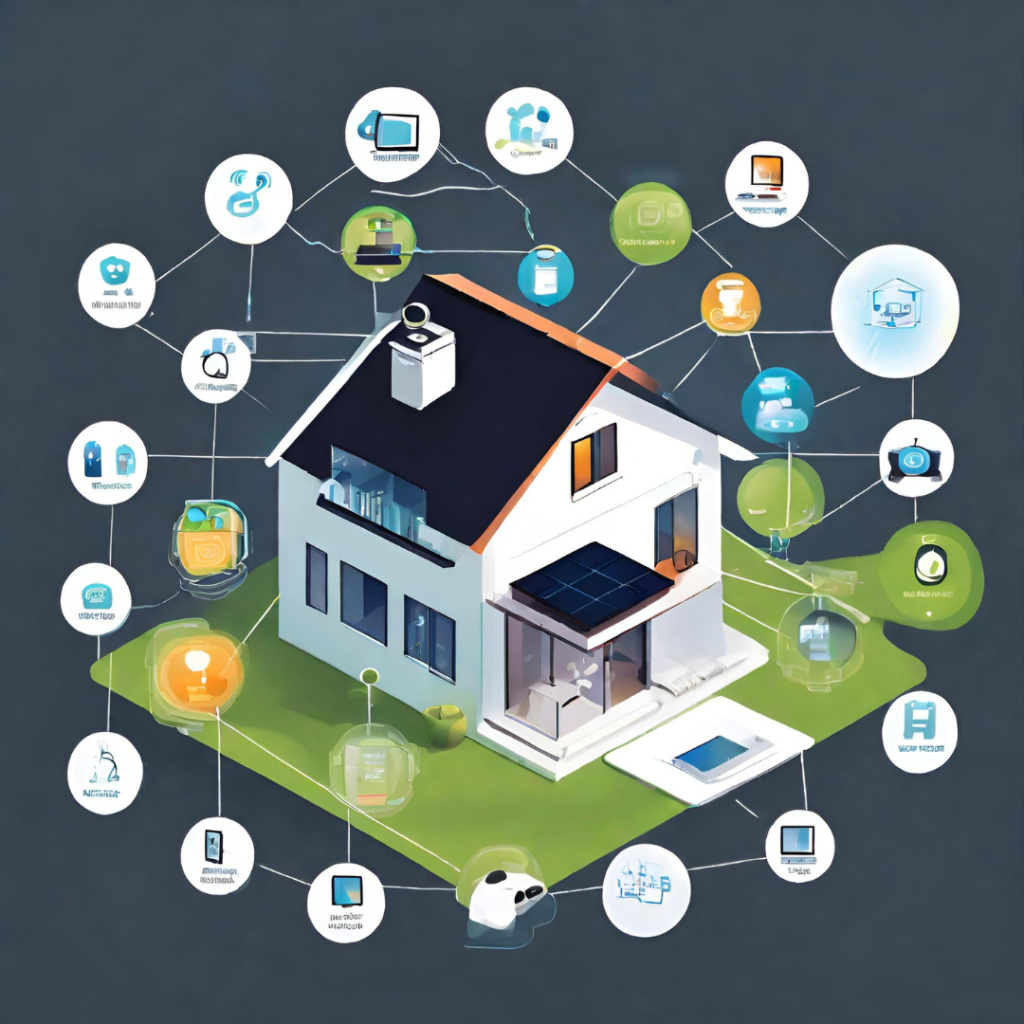
One of the major developments in the world of smart home technology is the evolution of the ecosystem. Manufacturers are creating entire ecosystems of interconnected devices that work together seamlessly. For example, you might have a smart speaker that controls your lights, thermostat, and security cameras within an integrated ecosystem.
This ecosystem approach offers several benefits:
Streamlined controls: By integrating all your devices into a single ecosystem, you can control them through a single app or voice assistant, simplifying your smart home experience.
Automation: The ecosystem allows for more advanced automation. You can set up complex routines that trigger multiple actions simultaneously on different devices.
Interoperability: Devices within the same ecosystem are designed to work flawlessly together, reducing compatibility issues.
Scalability: You can start with a few devices and gradually expand your smart home ecosystem as needed.
Advanced Security: Ecosystems often come with strong security measures to protect your data and privacy.
Major tech companies like Amazon, Google, and Apple are leaders in developing these ecosystems, and they continue to expand their compatibility with third-party devices.
Importance of data privacy and security
As smart home technology becomes more integrated into our lives, the issue of data privacy and security is becoming increasingly serious. Manufacturers are taking steps to ensure that your data remains secure and smart devices are less vulnerable to hacking.
Data Encryption
Many smart home devices now incorporate strong encryption protocols to protect the data they transmit. This makes sure that even if the data is intercepted, it cannot be decrypted without the right decryption keys.
Two-Factor Authentication
To add an extra layer of security, some smart home apps and devices support two-factor authentication (2FA). This means that even if someone manages to obtain your login credentials, they will still need a second authentication method to access your account, such as a one-time code sent to your phone.
Regular Software Updates
Manufacturers are becoming more active in releasing regular software updates for their devices. These updates often include security patches to address vulnerabilities discovered after the initial release.
Better user education
Manufacturers are also focusing on educating users about the importance of security. Many provide guidelines on creating strong passwords, enabling security features, and recognizing potential threats.
Role of AI and Machine Learning
Artificial intelligence (AI) and machine learning are set to play a more important role in smart home devices. These technologies can analyze data from various sensors and devices to make predictions and automate tasks more intelligently. For example:
Predictive Maintenance
Smart appliances can use AI to monitor their own performance and detect potential problems before they become major problems. This can prevent malfunctions and extend the life of your equipment.
Personalized Experience
AI can learn your preferences and habits to provide a more personalized experience. Your smart home can adjust lighting, temperature, and entertainment options based on your past behaviour and current mood.
Enhanced Security
AI-powered security systems can distinguish between normal activities and suspicious behaviour, reducing false alarms and improving overall security.
combining virtual reality (VR) with augmented reality (AR)

Looking ahead into the future, we can expect to see augmented reality (AR) and virtual reality (VR) technologies integrated into smart home environments.
Virtual Home Tour
When buying or renting a home, VR can provide virtual tours, allowing you to explore the property from the comfort of your current location.
AR for Home Improvement
Use AR glasses or a smartphone app to visualize how furniture or decor items will look in your space before making a purchase. AR can also aid in home improvement projects by providing step-by-step guidance and measurements.
conclusion
The world of smart home devices is constantly evolving, offering endless possibilities to make our lives more convenient, safer, and efficient. As technology advances, we can expect to see even more innovation in this area, with new tools and capabilities that we can’t even imagine today. The future of smart homes is bright, and it promises to change the way we live, work, and interact with our surroundings.
In conclusion, smart home devices have come a long way and are here to stay. Whether you want to simplify your daily routine, increase security, or reduce energy consumption, there is a smart home solution for you. With a focus on data privacy, AI integration, and the potential of AR and VR, the smart home of the future holds incredible possibilities. Embrace this technological revolution and make your home smarter, safer and more efficient.
Frequently Asked Questions (FAQs):
1. What Are Smart Home Devices?
Answer: Smart home devices are gadgets that can be controlled remotely using a smartphone, tablet, or computer. They allow you to manage various aspects of your home, such as lighting, thermostats, security systems, and door locks, from anywhere in the world.
2. How Do Smart Home Devices Enhance Security?
Answer: Smart home devices enhance security by providing remote access and real-time monitoring. For example, smart doorbells allow you to see and communicate with visitors at your door, even when you’re away. Security cameras can detect motion and send alerts, and smart locks enable you to lock or unlock doors remotely. These features offer peace of mind and deter potential intruders.
3. Are Smart Home Devices Energy-Efficient?
Answer: Yes, many smart home devices contribute to energy efficiency. Smart thermostats, for instance, create heating and cooling schedules based on your routine, optimizing energy usage. Smart lights can automatically turn off in unoccupied rooms. These energy-saving features can help reduce your energy bills.
4. How Do I Ensure the Privacy and Security of My Smart Home Devices?
Answer: To ensure the privacy and security of your smart home devices, follow these steps:
- Regularly update device firmware and software.
- Enable strong, unique passwords and consider two-factor authentication.
- Review and adjust privacy settings within device apps.
- Only purchase devices from reputable manufacturers.
- Secure your Wi-Fi network with a strong password.
- Be cautious about sharing device access with others.
5. Can I Start Small with Smart Home Devices?
Answer: Yes, starting small is a great approach. Begin with essential devices like smart speakers or smart lights and gradually expand your collection based on your needs and budget. This allows you to learn how to use smart home devices effectively and customize your setup over time.
6. Are Smart Home Devices Compatible with Each Other?
Answer: Smart home devices often use common wireless standards like Wi-Fi, but some may utilize different protocols such as ZigBee or Z-Wave. To ensure compatibility, check the manufacturer’s specifications and look for devices that are designed to work together within the same ecosystem or can be integrated using a central hub or platform like Apple HomeKit, Google Home, or Amazon Alexa. This way, you can create a seamless and interconnected smart home experience.
7. Can I Control Smart Home Devices While I’m Away from Home?
Answer: Yes, you can control most smart home devices remotely, even when you’re away from home. To do this, you’ll need a reliable internet connection and a compatible smartphone or tablet. Simply use the manufacturer’s app or a voice assistant like Amazon Alexa or Google Assistant to access and control your devices from anywhere in the world. This feature adds convenience and peace of mind, allowing you to monitor and manage your home while you’re on the go.









